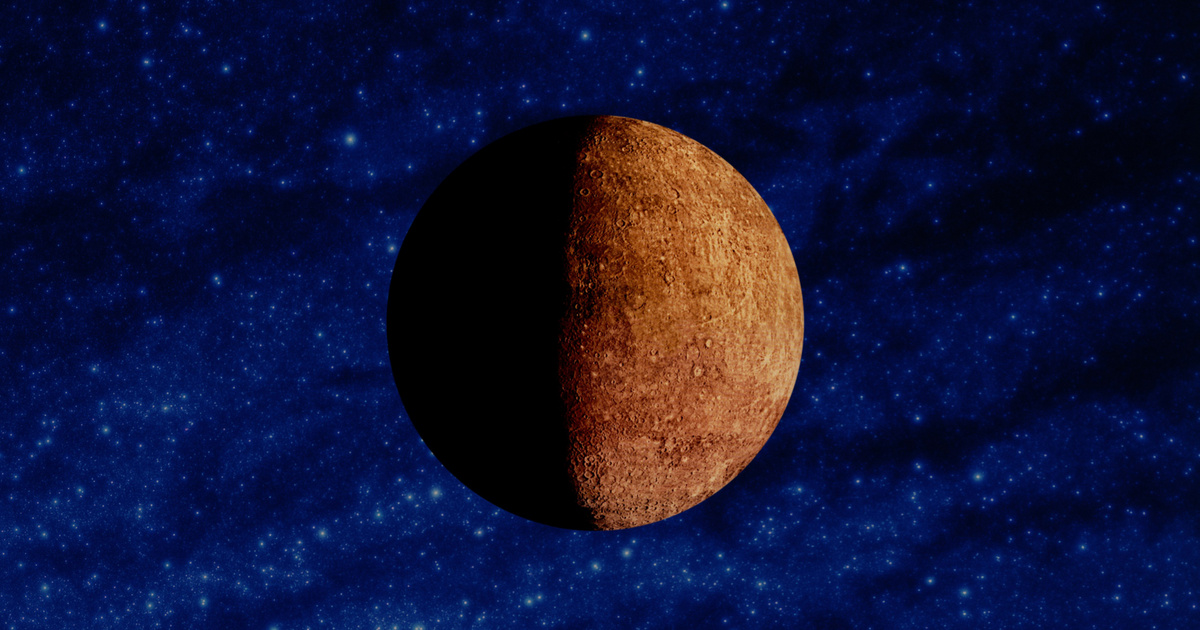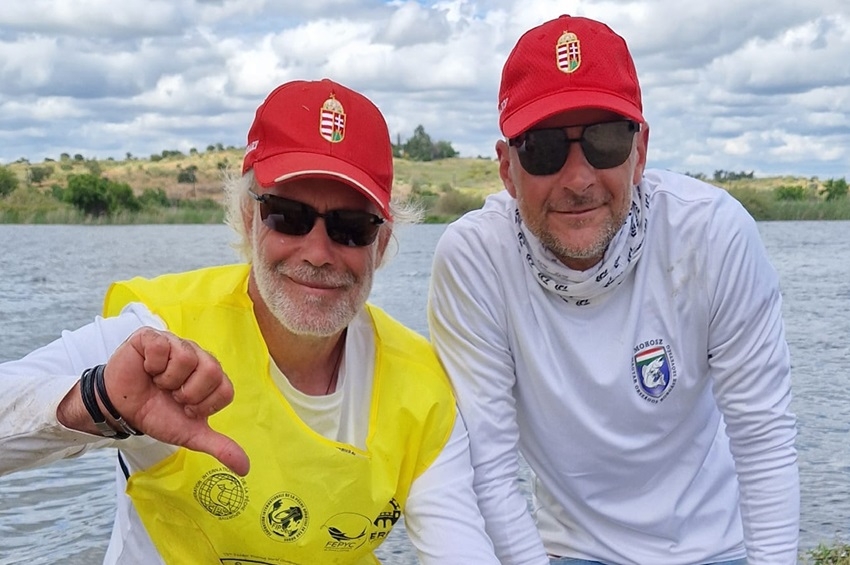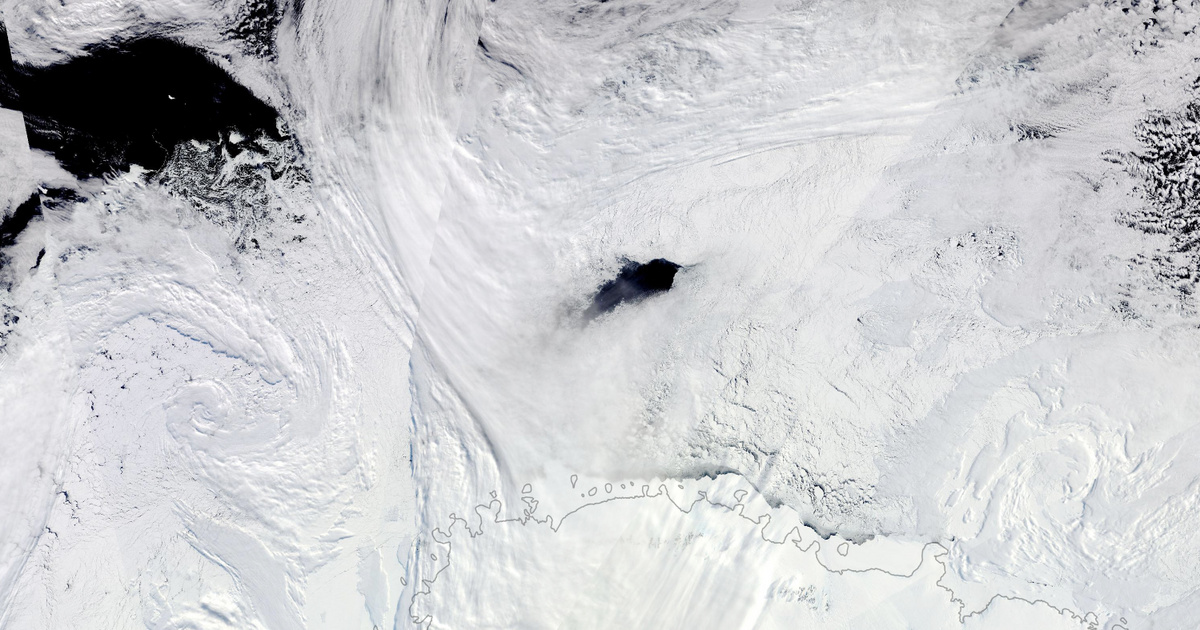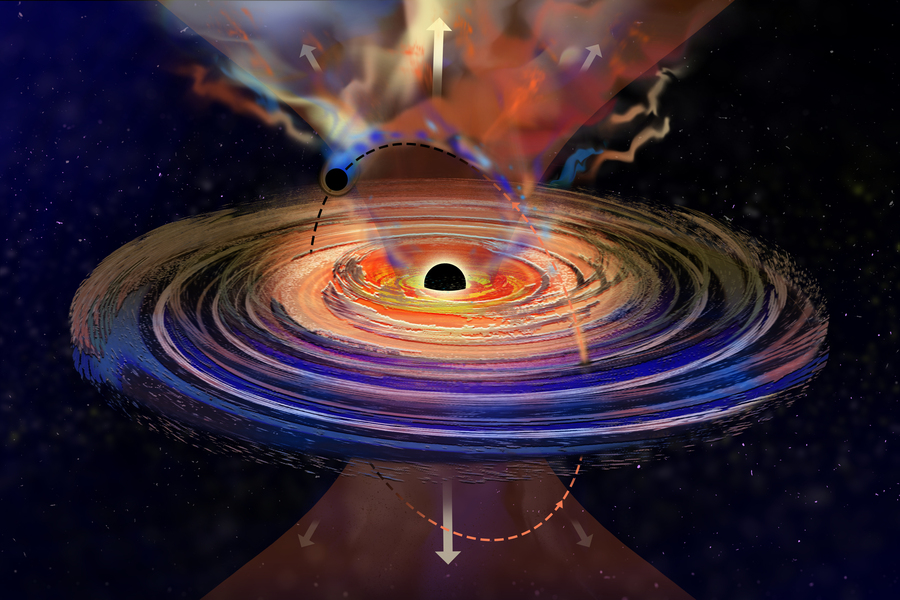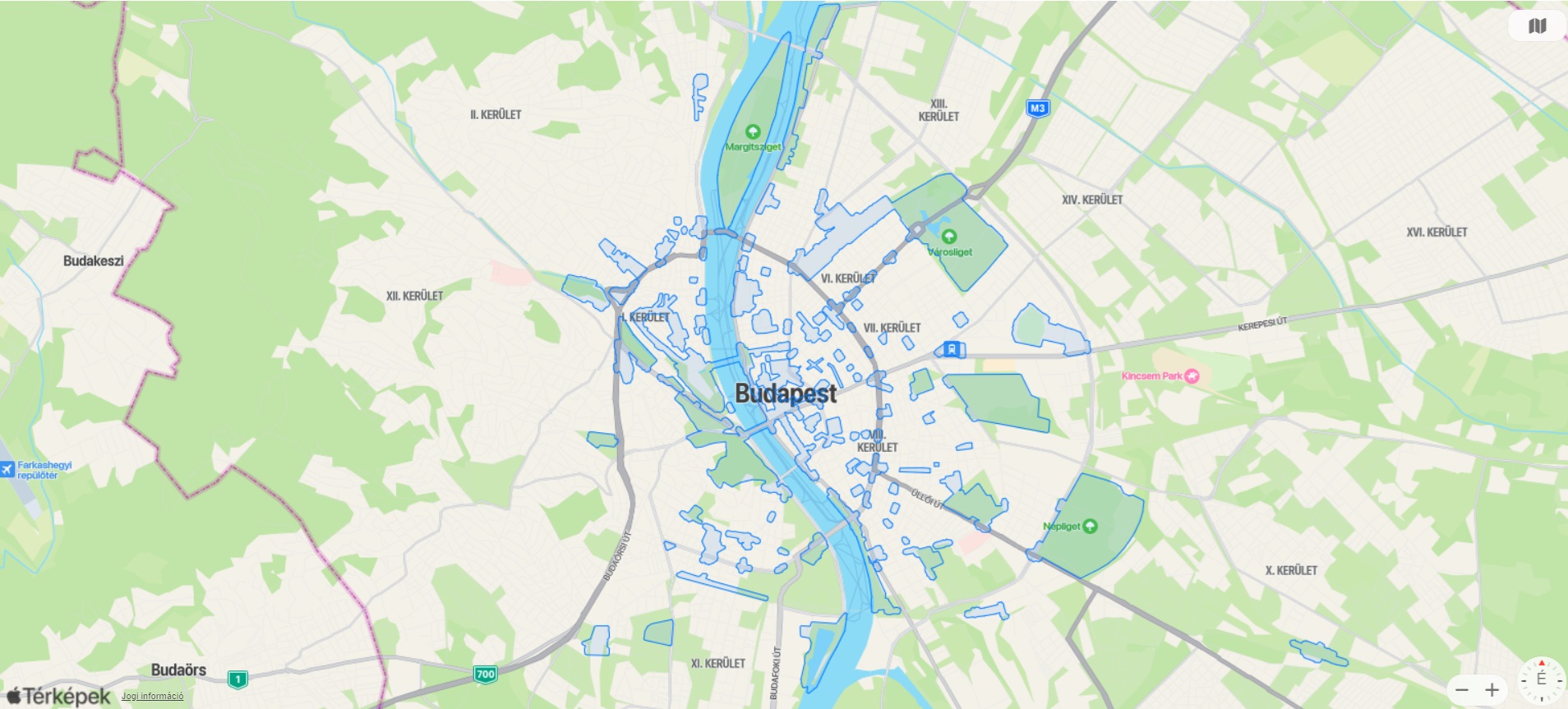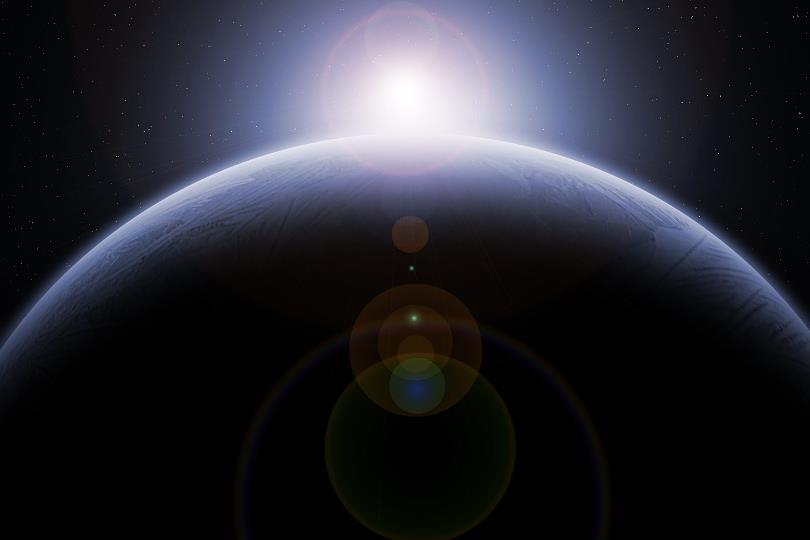The third largest planet in the solar system, Neptune, was discovered 175 years ago, on September 23, 1846, by the calculations of German astronomer Johann Galle and his friend, French mathematician Urban Le Verrier. The discovery of the eighth giant planet from the Sun, considered a triumph of celestial mechanics throughout the history of science, has opened a new chapter in modern cognitive astronomy.
It was seen before it was discovered, but it was only thought to be a faint star
From ancient times until March 1781, astronomers believed that there were a total of five extraterrestrial planets, of which Saturn was the most distant one. A revolution in astronomical observations occurred with the invention of the telescope in the early 17th century. Galileo Galilei, an Italian physicist and astronomer, was the first scientist to turn the telescope, invented in Holland around 1608, to the sky.
Thanks to the telescope, Galileo discovered craters, mountain ranges, and valleys that covered the surface of the Moon, and disproved Aristotle’s theory that the Moon was a perfectly smooth-surfaced body. But also for Galileo’s name is the discovery of the moons of Jupiter, which proved the existence of independent rotation systems within the solar system.

Galileo’s telescopes showed that the planets were not stellar celestial bodies, as evidenced by the discovery of the phases of Venus as well as the disc shape of Jupiter. In the time of Galilee
Moreover, even long after that, Saturn is thought to be the last planet in the solar system.
Although Uranus, which followed the ring planet, Saturn could be seen with the naked eye during its close proximity to Earth, it still had to wait until March 13, 1781 to discover it.

(According to contemporary records, Uranus was seen several times between 1690 and 1771, but in each case it was thought to be a fainter star.) He built more than 400 telescopes.

His name is also associated with the construction of the largest mirror telescope in the 18th century,
which contains a main mirror with a diameter of 126 cm and a focus of 12 metres. Examining the sky with a telescope installed in his garden late on March 13, 1781, Herschel noticed a small, indistinct green disk in the telescope’s lens.

At first, the orb was considered a comet, and it was only during subsequent observations that it was confirmed that it had discovered a new and hitherto unknown planet in the Solar System.
Nobody wants to believe in an amateur astronomer
The discovery of Uranus caused a great deal of resonance among astronomers of the time. After observing Herschel in the making of the epoch, many directed their telescopes towards the new planet, collecting more and more observational data from which data on the orbit of Uranus could be accurately calculated. However, the motion of Uranus was disturbingly different from the orbits of the other planets because, compared to the calculated orbital data, the planet was “hurried” and “late”.

First, the Kent priest, enthusiastic amateur astronomer Thomas J. Hussey, suggested that Uranus was an “orbital perturbation,” or orbital perturbation,
It is caused by an unknown huge celestial body beyond Uranus.
Reverend Hussein’s theory aroused the interest of the famous British mathematician John Cush Adams, who was determined to calculate the position of the supposed unknown celestial body, causing a disturbance from the orbital data of Uranus.

Adams also sent his calculations to the famous astronomer at Cambridge, Royal Astronomer Sir George Biddle, but the professor was deeply suspicious of Hussian’s theory, so Adams locked his calculations in a desk drawer without any objective investigation.
Finding the mysterious planet was a victory for celestial mechanics
In conjunction with Adams’ research, the problem of perturbing the orbit of Uranus on the other side of the English Channel intrigued Urban Le Verrier, professor of celestial mechanics at College Stanisla.

Based on the theory of French Professor Thomas J. But Le Ferrer’s accounts
He was greeted with the same disinterest among French astronomers as Adams in England.
Furious at the mischievous lack of interest, Le Verrier forwarded his calculations to a friend and old colleague, the Berlin Observatory observatory, Johann Galle, with a request to attempt to validate the result using microscopic observations.

Galle received a letter from Le Verrier on September 23, 1846. After studying his friend’s accounts, he immediately hurried to the director of the institute, Professor Johann Franz Encke. Professor Enki immediately realized the importance of the case, and thus allowed it
Galle made observations using the main observatory tool.
With the director’s license in his pocket, that night Galley set out to use Le Verrier’s orbital calculations to find the mysterious planet beyond Uranus.

As soon as darkness fell, Galle hurried to the dome of the main instrument, accompanied by his assistant, Heinrich Darst, and turned the large telescope in the direction of the coordinates he had received from Le Verrier. After only half an hour of searching, he discovered an object with a power of 8 degrees of brightness in the field of view,
that were not present on the last star map.
Galley accurately recorded the measured positions of the object, and then the following evening turned the large telescope in that direction up to the sky again.

The object is still visible in the field of view, but it has already been shifted relative to the surrounding stars. This validated Hussian’s assumption and the calculations of Adams and Le Ferrer. Galle found the eighth planet in the solar system, Neptune.

The discovery of Neptune can be considered a victory for celestial mechanics and the starting point for modern cognitive astronomy because it was the first celestial body in the history of science to be found using only physical laws and based on mathematical calculations.






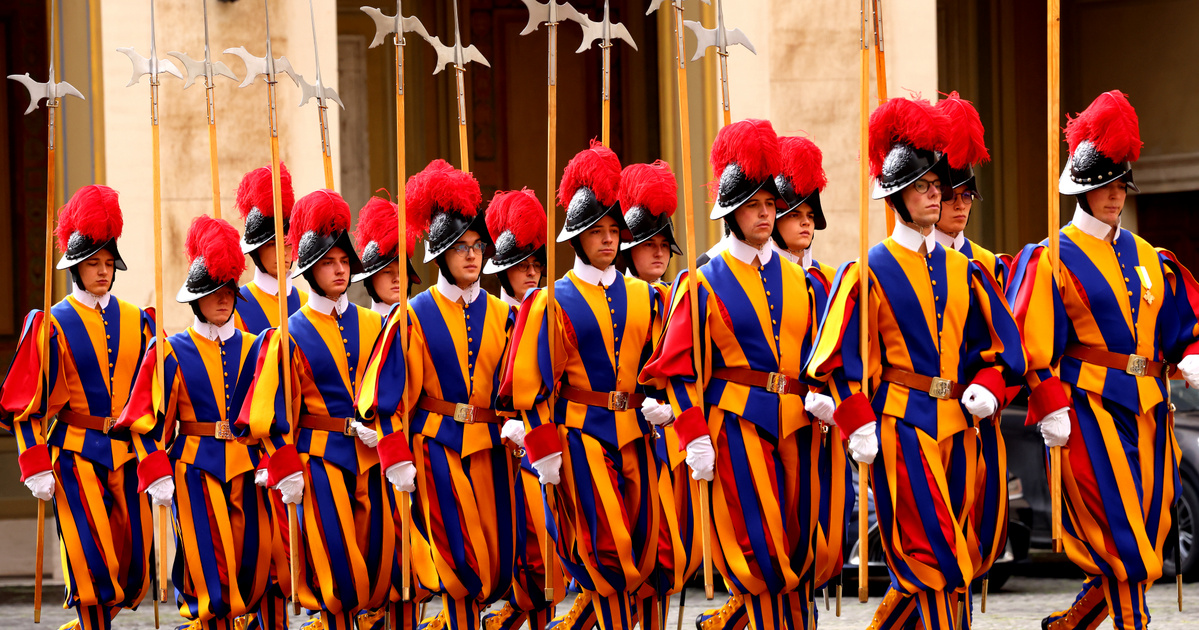




:quality(70)/cloudfront-eu-central-1.images.arcpublishing.com/dlnews/5CTNUPRXDRE6NG2YVU7MDQJSHI.jpg)



